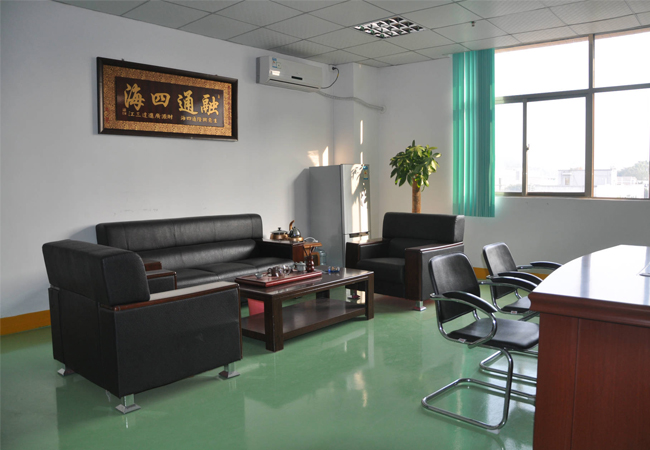English
- Afrikaans
- Albanian
- Amharic
- Arabic
- Armenian
- Azerbaijani
- Basque
- Belarusian
- Bengali
- Bosnian
- Bulgarian
- Catalan
- Cebuano
- Corsican
- Croatian
- Czech
- Danish
- Dutch
- English
- Esperanto
- Estonian
- Finnish
- French
- Frisian
- Galician
- Georgian
- German
- Greek
- Gujarati
- Haitian Creole
- hausa
- hawaiian
- Hebrew
- Hindi
- Miao
- Hungarian
- Icelandic
- igbo
- Indonesian
- irish
- Italian
- Japanese
- Javanese
- Kannada
- kazakh
- Khmer
- Rwandese
- Korean
- Kurdish
- Kyrgyz
- Lao
- Latin
- Latvian
- Lithuanian
- Luxembourgish
- Macedonian
- Malgashi
- Malay
- Malayalam
- Maltese
- Maori
- Marathi
- Mongolian
- Myanmar
- Nepali
- Norwegian
- Norwegian
- Occitan
- Pashto
- Persian
- Polish
- Portuguese
- Punjabi
- Romanian
- Russian
- Samoan
- Scottish Gaelic
- Serbian
- Sesotho
- Shona
- Sindhi
- Sinhala
- Slovak
- Slovenian
- Somali
- Spanish
- Sundanese
- Swahili
- Swedish
- Tagalog
- Tajik
- Tamil
- Tatar
- Telugu
- Thai
- Turkish
- Turkmen
- Ukrainian
- Urdu
- Uighur
- Uzbek
- Vietnamese
- Welsh
- Bantu
- Yiddish
- Yoruba
- Zulu
Telephone: +86 13120555503
Email: frank@cypump.com
Sep . 09, 2024 07:02 Back to list
how does a double suction pump work
How Does a Double Suction Pump Work?
A double suction pump is a type of centrifugal pump known for its ability to handle large volumes of liquid efficiently. These pumps are primarily used in applications where high flow rates and low NPSH (Net Positive Suction Head) requirements are critical, such as in water supply systems, irrigation, and industrial processes.
How Does a Double Suction Pump Work?
To understand how a double suction pump works, it's essential to consider its main components the impeller, casing, suction nozzles, and discharge nozzles. The impulsions created by the rotating impeller work to accelerate the incoming water from both sides. As the impeller spins, it imparts kinetic energy to the fluid, which is then converted into pressure energy as the fluid moves through the volute casing.
how does a double suction pump work

The flow path begins as liquid enters the suction nozzles. Due to the double-sided design, the liquid enters from both sides of the impeller, creating a continuous flow of fluid. The fluid is then directed toward the impeller, where it gains speed and pressure. Once accelerated, the liquid moves into the discharge chamber and exits through the discharge nozzles.
One of the significant advantages of a double suction pump is its ability to operate under high-capacity conditions with minimal vibrations. This feature not only enhances performance but also reduces wear and tear, making double suction pumps a reliable choice for various applications. Additionally, because they effectively manage axial thrust, these pumps can be operated at higher efficiencies compared to their single-suction counterparts.
In conclusion, double suction pumps play a vital role in fluid movement in many industries. Their unique design and operational efficiency make them ideal for applications requiring high flow rates and reliable performance. Understanding how these pumps work allows engineers and operators to deploy them effectively, ensuring optimal performance and longevity in their systems.
-
ISG Series Vertical Pipeline Pump - Chi Yuan Pumps Co., LTD.|Advanced Hydraulic Design&Energy-Efficient Solutions
NewsJul.30,2025
-
ISG Series Vertical Pipeline Pump - Chi Yuan Pumps Co., LTD.
NewsJul.30,2025
-
ISG Series Vertical Pipeline Pump - Chi Yuan Pumps Co., LTD.|energy-efficient fluid handling&industrial durability
NewsJul.30,2025
-
ISG Series Vertical Pipeline Pump - Chi Yuan Pumps | Advanced Engineering&Industrial Efficiency
NewsJul.30,2025
-
ISG Series Pipeline Pump - Chi Yuan Pumps | High Efficiency, Energy Saving
NewsJul.30,2025
-
ISG Series Vertical Pipeline Pump-Chi Yuan Pumps|High Efficiency&Reliable Performance
NewsJul.29,2025










